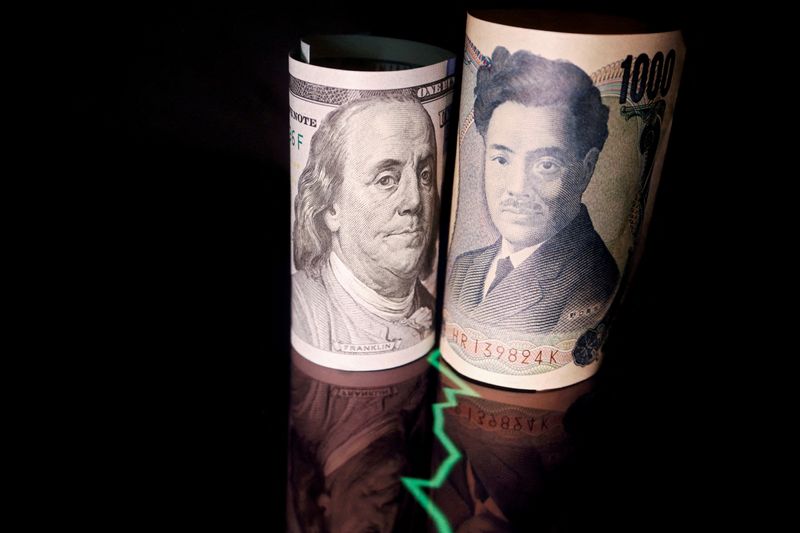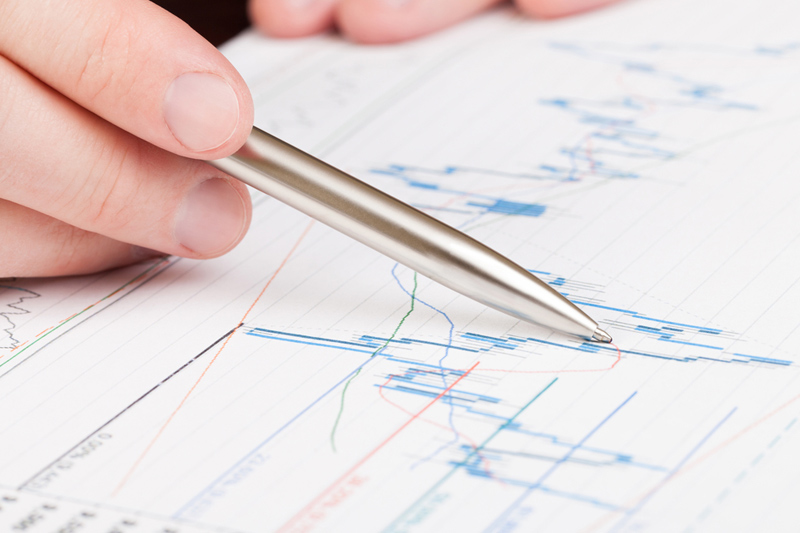
Ray V and Alan John
SINGAPORE/LONDON (Reuters) – The yen found some stability on Tuesday, narrowly missing its lowest level in 34 years, as verbal meddling from Japanese officials continued while the dollar floundered.
The euro was last seen up 0.18% at $1.0858 and the pound was up 0.17% at $1.2658, both in the middle of their recent ranges and recouping some of last week’s losses.
The yen traded at 151.39 yen per dollar, also firming slightly on the day but after falling more than 1% following the Bank of Japan’s (BOJ) landmark rate hike last week.
Despite these rate hikes, traders continue to focus on the continued sharp differences in interest rates between Japan and the rest of the world, especially the United States. A break of 154.94 per dollar in October 2022 would take the Japanese currency to its lowest level since 1990.
Japanese authorities have intervened in currency markets to support the yen in 2022, and Finance Minister Shunichi Suzuki on Tuesday said he would not rule out taking some action to deal with the yen’s weakness, repeating a warning issued by Tokyo’s top currency diplomat the day before.
“The dollar/yen is stuck at this level of 151.50. People want to be long the dollar/yen because of the carry earnings, but if the rate falls to 152 or 153 they could be punished by the currency authorities, so they don’t even want to try.” said Yusuke Miyairi, currency strategist at Nomura.
In a carry trade, investors borrow in low-yielding currencies to invest in higher-yielding currencies.
Market watchers say positioning in options markets could make it difficult for the dollar to break above around 152 yen, but could then exacerbate a move beyond it.
“152 is a key level after which the dollar/yen can rise quite quickly, which means intervention is a risk,” Miyairi said.
Outside Asia, currency volatility has been low and traders have found few catalysts for trading in recent weeks.
The economic data calendar is quite bright this week ahead of the Federal Reserve’s preferred inflation gauge on Friday, which could provide a hint about the outlook for US interest rates.
The core US consumer spending (PCE) index is expected to rise 0.3% in February, keeping the annual pace at 2.8%.
The Swiss franc, one of the few European currencies without a clear direction since the Swiss National Bank surprised markets with interest rate cuts last week, continued to decline.
The dollar rose 0.28% to 0.9022 francs, a four-month high, while the euro rose 0.5% to 0.9797 francs, its highest level since July 2023.
The index, which has also been on traders’ radars especially since its sudden drop on Friday, was last slightly weaker on the domestic market at 7.219 per dollar despite firmer-than-expected central bank fixing.
The rate was slightly higher – 7.245 per dollar.
That helped China-exposed currencies gain ground, with the New Zealand dollar recovering from a four-month low to $0.6021 and rising 0.2% to $0.6553.


